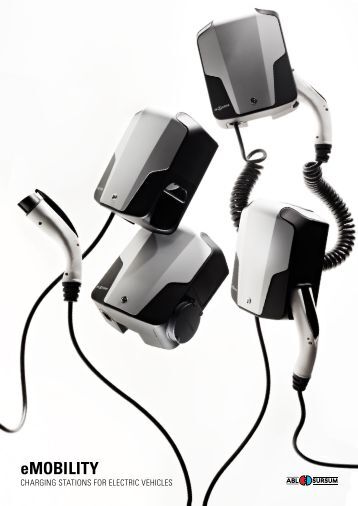Did you mean to write "something else" instead of "nothing else"? I think the opposite is true. I think most Tesla owners use a 240 volt NEMA outlet or a hard-wired EVSE, both or which would be considered a Level 2 charging option. I always thought Level 1 was 120 volts AC and Level 2 was 208-240 volts AC. Level 3 is high voltage DC.
Lot's of learning here, thanks!
Personally, I would not instinctively call all 240V charging as Level 2, but it is true that in U.S. the distinction clearly is made. Level 1 is 120V (5-15) and anything 240Vish is Level 2 or, go high enough, Level 3. (
Electric car - Wikipedia) Maybe this also explains why in the U.S. there is more talk of Level 2 than in Europe of any equivalent term.
In Europe, where I believe the whole continent is 220-240V, even the basic AC charging is of course 220-240V to begin with and for me the step up to "Level 2" would instinctively mean a dedicated EV charger. Instinctively "Level 1" here would be charging from a Schuko plug - the "5-15" of non-UK Europe - is 240V up to 16A (not recommended for continuous).
I guess the closest equivalent to a NEMA 14-50 in Europe is the IEC 60309 (something also used in the U.S. for camping sites?), which is basically a sort of industrial plug and has a couple different adapters for the Tesla Mobile Connector. The best you can most commonly get out of these is 32A from the three-phase network (some exceptions of course). This is what was recommended for homes before Tesla brought their Wall Connector here.
There's an interesting disconnect here, I think, between the U.S. and Europe. Understandably Level 1 at 120V is so slow that it is on a level of its own, but as I understand it 14-50 is not necessarily much faster than IEC 60309 charging in Europe. Yet 14-50 would be called Level 2 in the U.S. and I would not have called IEC 60309 Level 2 in Europe... I might have called a Wall Connector Level 2 for it being EV specific, though, but I guess in the U.S. depending on the voltage it is Level 3...
I guess lesson learned here is, there really is no Level 1 vs. Level 2 in Europe. Maybe it all actually is Level 2 or Level 3 equivalent, even charging from any wall socket at home - and, more importantly, that these U.S.-origin (or California-origin) terms are not applicable at all here (also 3-phase being more common etc.). That could explain why people talk not of levels, but of Schuko or 3-phase (or other common names for industrial plugs) or Type 2 based on what AC socket is on the charger end instead...
The IEC 61851-1 charging modes I have not really heard being used to refer to chargers at all, though I guess that would be the official standard in EU as
@arnis quoted. (
IEC 62196 - Wikipedia) Why those have not caught on, I do not know. I guess the thing is, they are not all that useful as everyday distinctions. Level 1 - 3 in U.S. communicated clear speed steps, whereas Modes deal more with electric safety and setup details.
I certainly haven't heard anyone say "I was charging Mode 3". They'll just say "I was charging Type 2" based on what plug was on the charger end... in the U.S., in similar scenario, I understand many would say "I was charging Level 2" or I guess Level 3 if applicable?
Where did you find that Level 2 needed to be hard-wired?
I don't believe it has to be.




